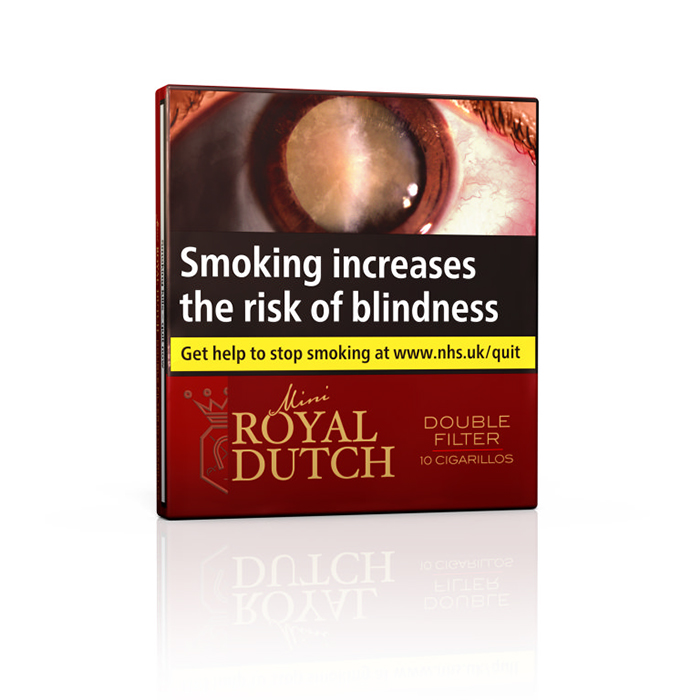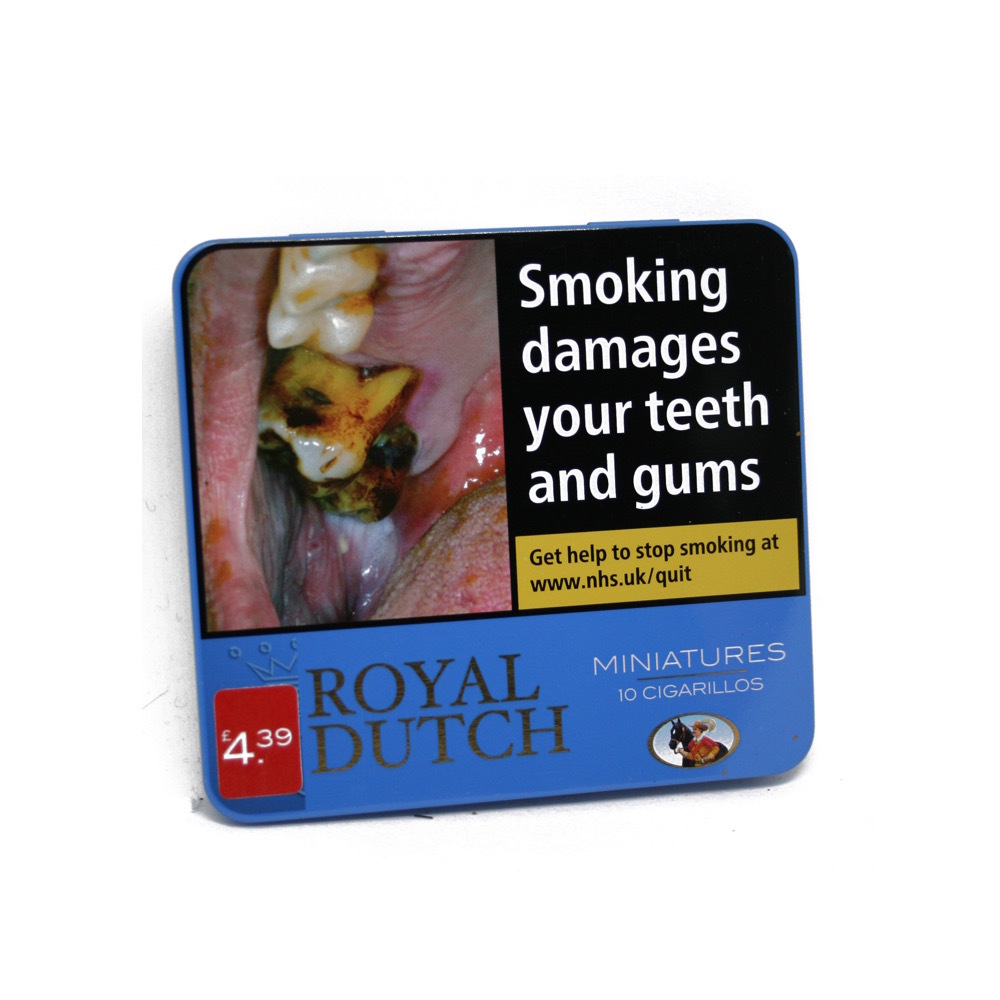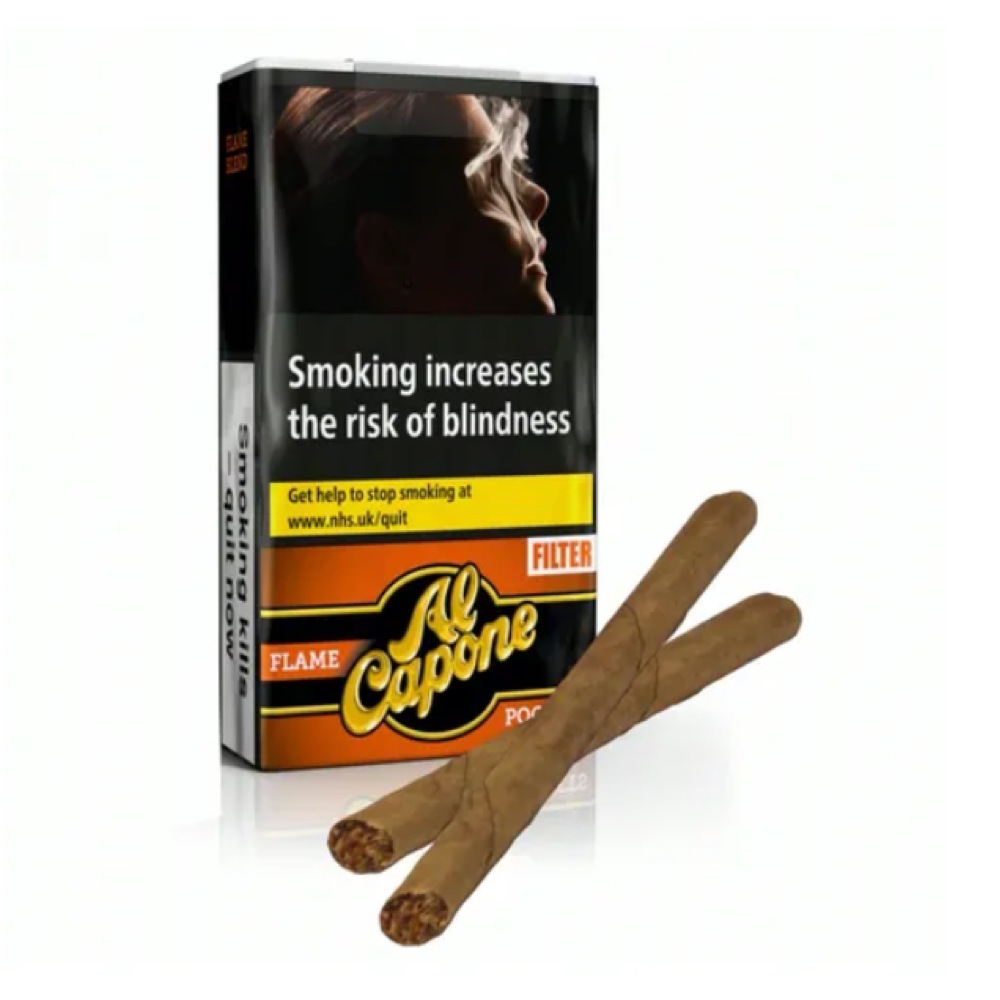Brazil 2020 Royal Dutch Cigars
Posted by Sam Brammer | 21st Feb 2020
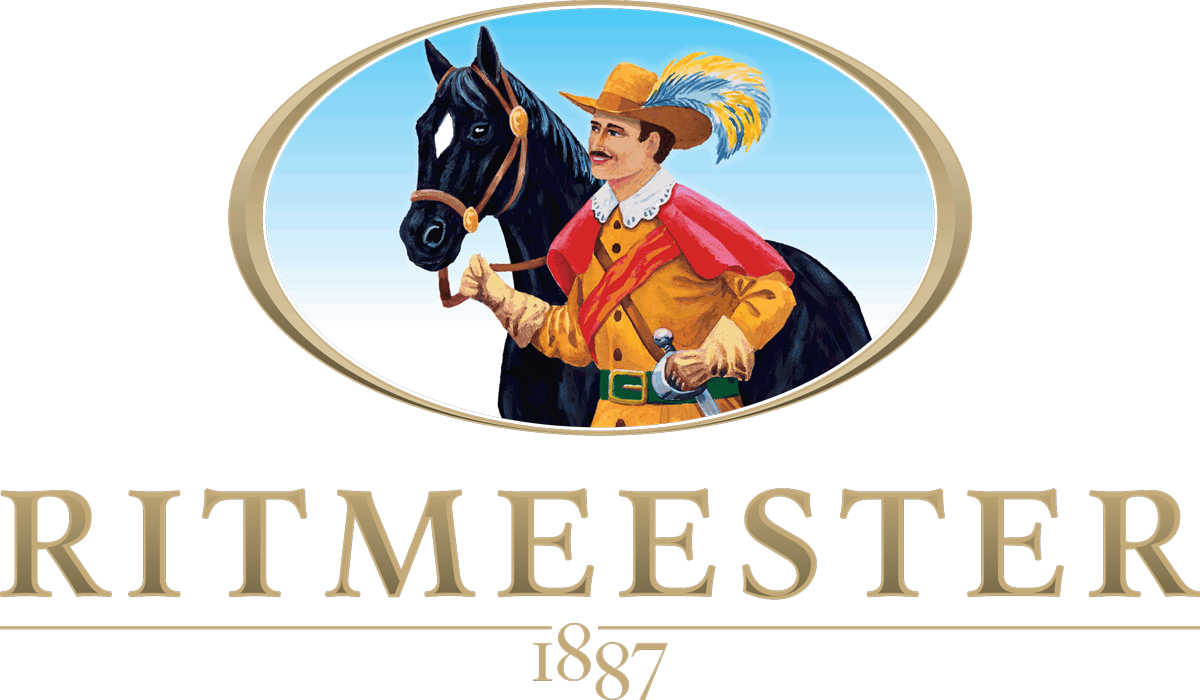
Last week I was lucky enough to be invited on a trip to Brazil for a “Journey of Discovery” and an insight to Ritmeester’s tobacco world!! Ritmeester are behind some of the best miniature cigars on the UK market. You might be familiar with their products such as Royal Dutch Cigarillos, Royal Dutch Double Filter and the newly launched Al Capone.
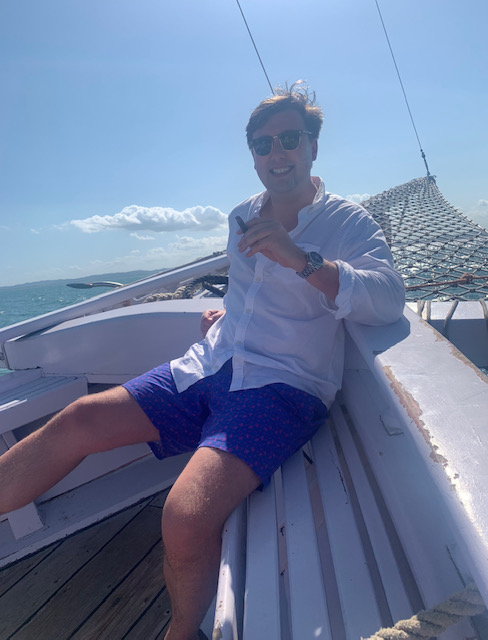
Our journey started by taking a boat from Salvador to Bahia, this is where the plantation is for the San Antonio wrapper which is the wrapper used on quite a few Royal Dutch products; such as the Double Filter and Royal Dutch Blue. As you can see from the photo there was no shortage of cigars to be smoked on the trip. As fun as sailing up the river was there was a purpose behind this, as this was the original route that the tobacco was exported out of Bahia, long before trucks and the Road infrastructure. Sailing up the river it was clear to see why this area had been chosen all those years ago, there is just so much greenery, the conditions are ideal for growing top quality tobacco.
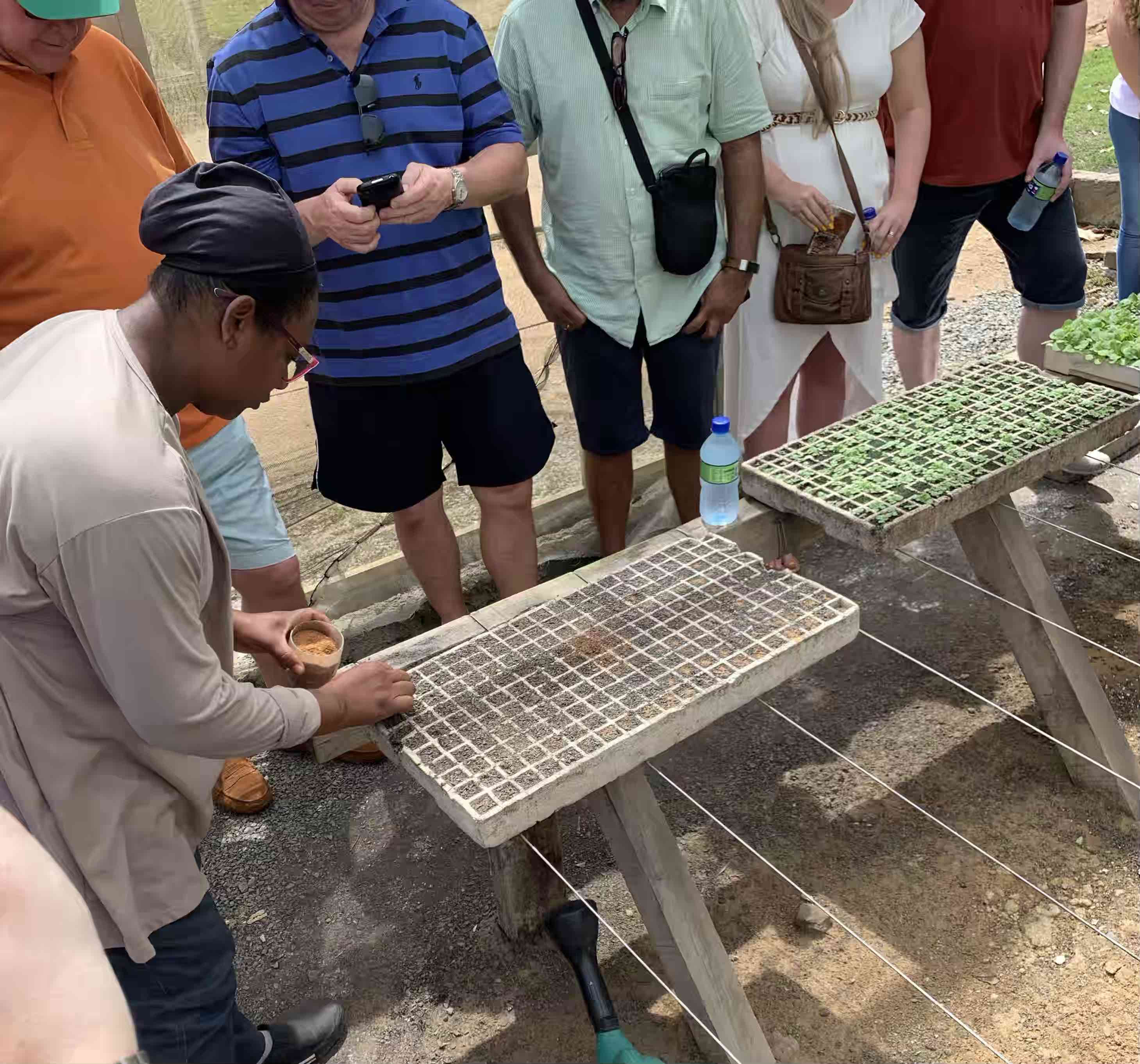
With all the packaging and mass production of tobacco it is easy to forget that it is a completely natural product. In the photo above you can see how each tobacco seed is planted by hand and starts life in the greenhouse. From planting the seed to smoking the product takes two years. 15 to 20 tobacco seeds are planted in each growing cell. I had a go at doing this myself, it wasn’t quite as easy as I would have thought. After 10 days the strongest seedling in each cell is left and the others are discarded. After a month in the greenhouse the plants are now around 10cm high and are ready to be planted in the fields.
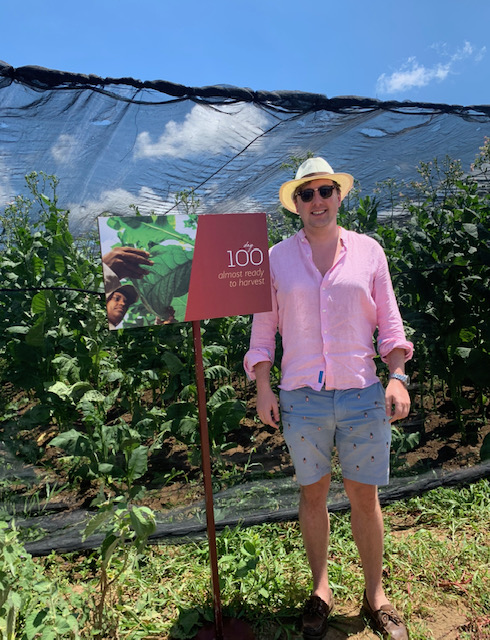
The plants are now transferred to the sun drenched and fertile pastures. In Bahain there is 1000 Hectares dedicated to growing the wrapper leaves for Royal Dutch products. However only 25% of the land can be used at one time as it is important for the soil to be rested for 3 years after a crop. Water is key to growing a successful tobacco plant so in Bahia they have their own treatment plant which filters water from the dam to ensure perfect conditions and has watering lines for each crop.
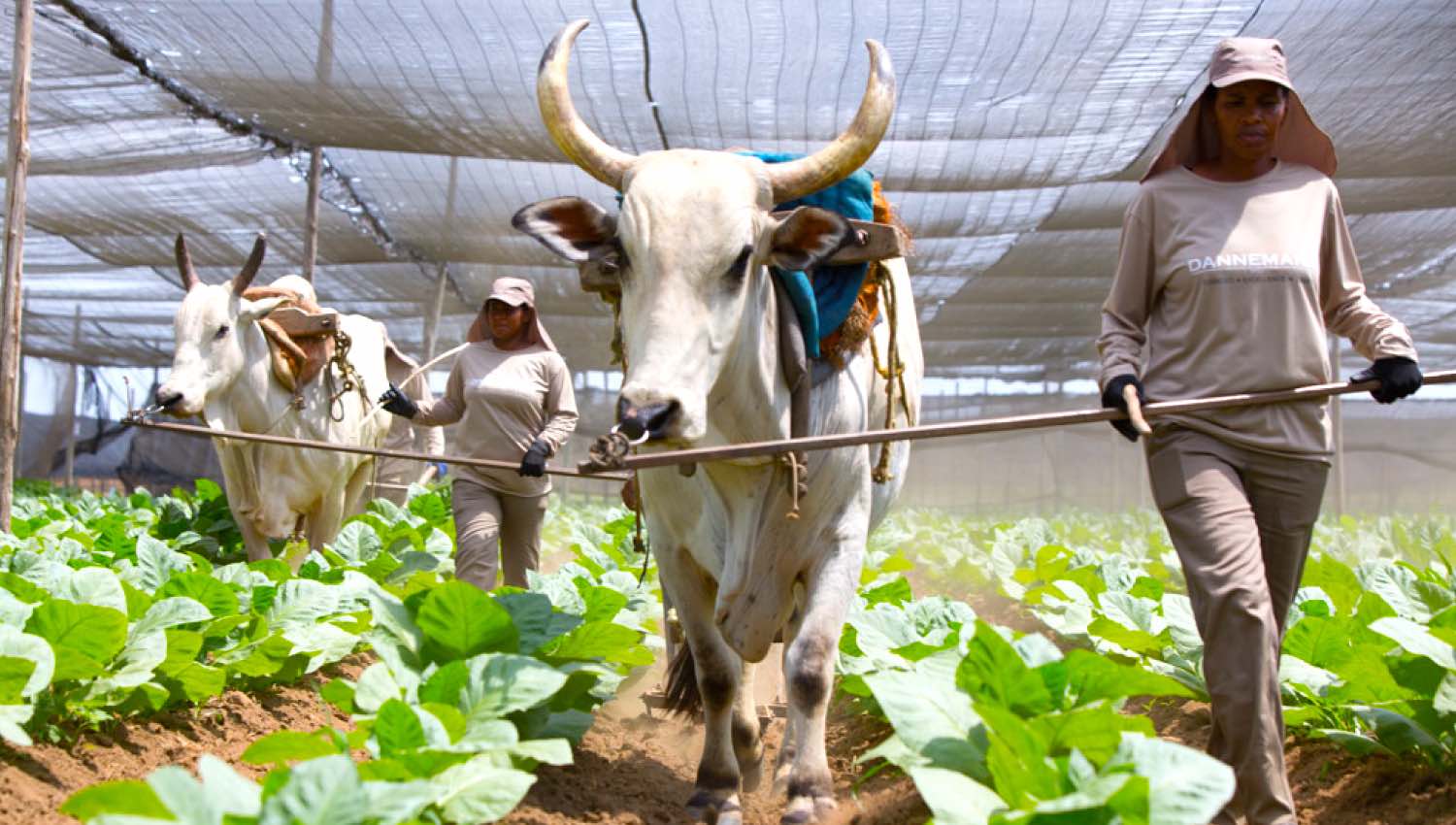
Even though it is 2020 the land is still worked by cattle in a traditional method. You might be wondering what the netting is above some of the plantations. Although tobacco plants thrive in the natural Brazilian heat the signature San Antonio wrapper requires shade to develop its rich and aromatic flavours. The netting creates the perfect conditions for optimal sunlight and shade.
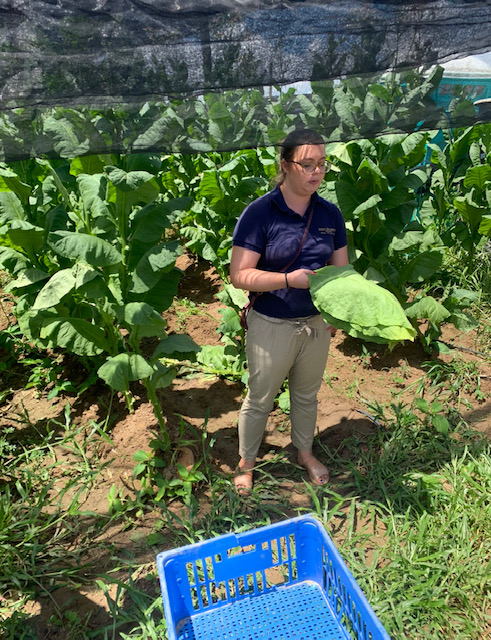
After 60 days the crop has reached its full potential and it is time to start harvesting! Two leaves are harvested from the bottom of the plant every fourth day. This process is repeated 7 times until the plant has been fully harvested. The leaves are all checked for size and quality as they are harvested.
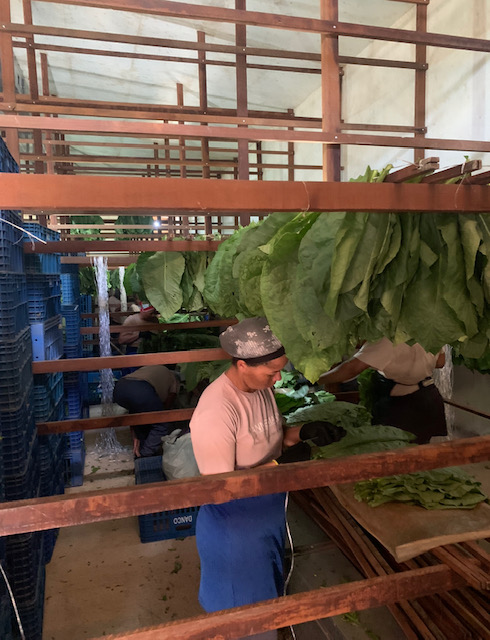
Within 12 hours of being harvested the leaves are taken to one of the 70 drying barns on the farm. Once their each leaf is strung with a needle and thread back to front on a long baton before being hung in the barn. The speed the farm workers can do this is incredible, I attempted this myself and at my speed there would have been a serious dip in the supply chain.
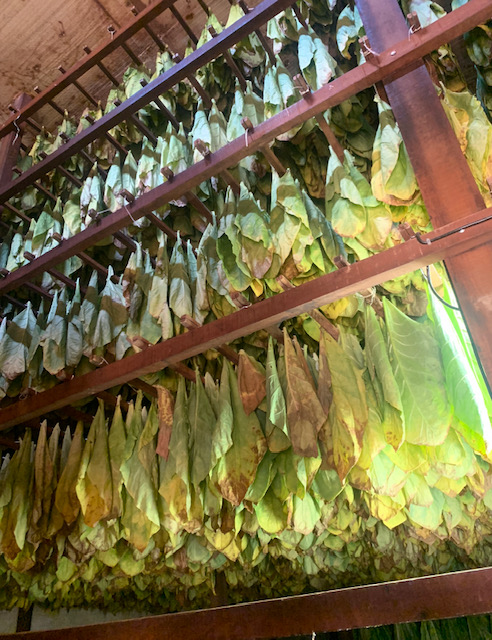
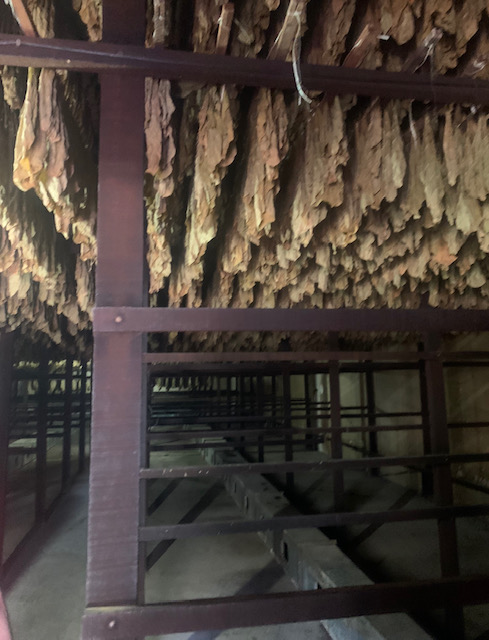
Once the leaves have been hung it is a waiting game, in which the leaves transform from green in to a brown tobacco leaf that you will be more familiar with. Over the month and with the aid of the natural heat the leaves lose their moisture and start to develop the brown colouration. Once the curing has finished the leaves are inspected and then transferred to a fermentation barn. The fermentation barn is unbelievably hot and humid. I managed about 20 seconds in this barn before I had to turn around!!
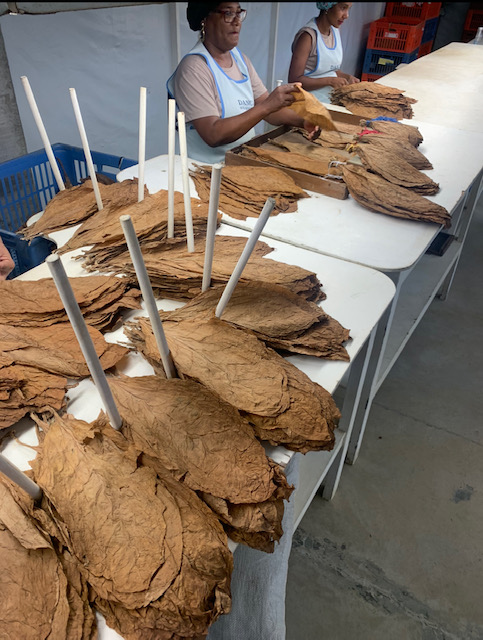
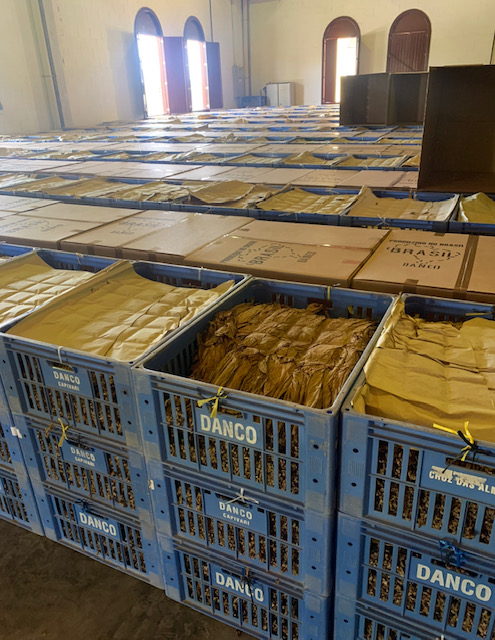
After two months in the fermentation barn it is time to grade the leaves. All done completely by hand and eye. Each leaf is graded on its texture, colour and size. They are then all bundled in to their categories before they are shipped off for rolling.
Surrounding the farm are 200 independent tobacco farms which help to grow filler for the Ritmeester cigars. Filler is slightly easier than wrapper to grow but it is equally important in gaining the perfect taste. The local farmers have been working in partnership with Ritmeester for generations. They work hand in hand to ensure top quality tobacco is produced. Like the wrapper leaves everything is harvested by hand, it is then bunched and air cured in small traditional barns for three months. Once completed it is then transported to Ritmeester for quality inspection.
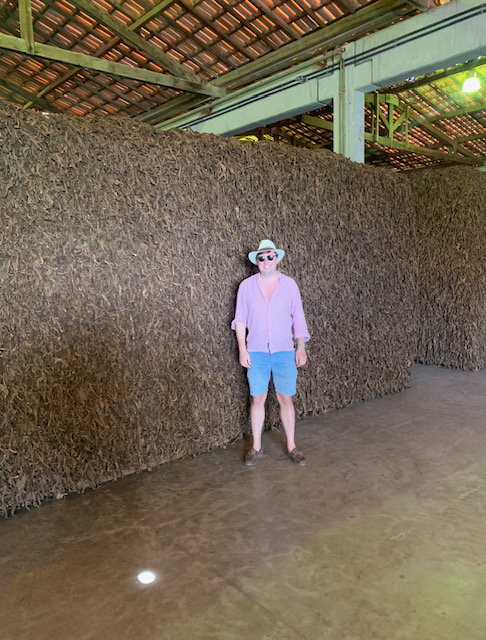
When the filler tobacco arrives, the crop is then built into 27 cubic metre piles. As you can see in the picture that is a lot of tobacco!! There was a warehouse full of these piles! The piles are left to ferment in the warehouse with the central temperature of each pile carefully being monitored. The piles are broken down and rebuilt up to 10 times in the 6 month period to ensure an even fermentation. They are then graded and bailed to be sent off to the rollers with the wrapper leaves.
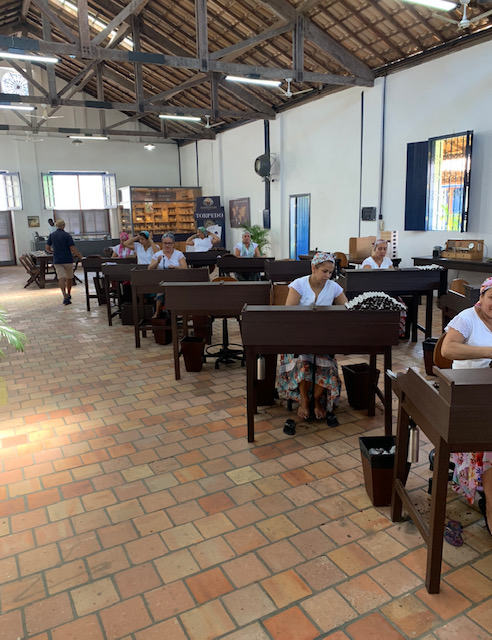
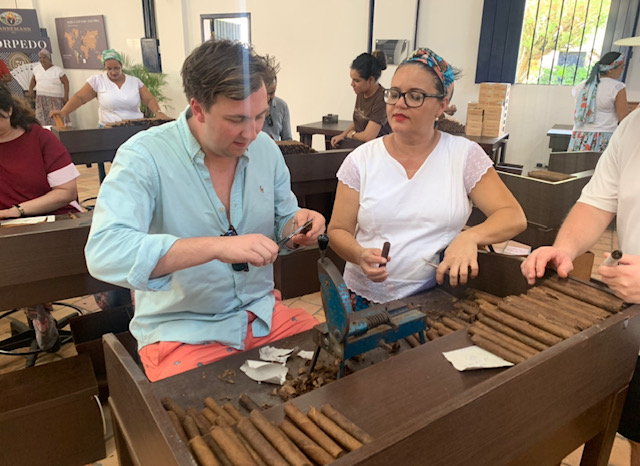
Next up was a trip to the Dannemann Factory, these Dannemann cigars are hand rolled larger cigars made exclusively for the Brazilian market entirely from the tobaccos off the local farm. Here I had a go at rolling my own Robusto, after creating the worst Robusto cigar I have ever seen, I now appreciate just how difficult it is. The cigar is now proudly in my personal humidor and awaiting a special occasion!
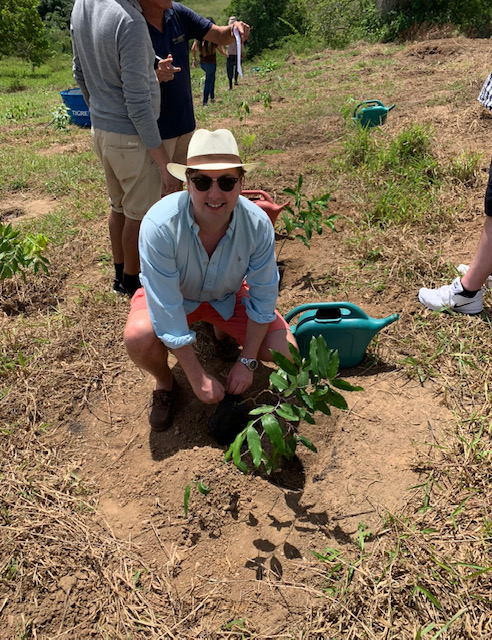
With all the concerns over deforestation in Brazil, Ritmeester ensure that each guest to their farm plants a tree, to ensure this paradise continues for future generations. Here I am planting my own little tree, hopefully one day I might get the chance to go back and see how its doing, could be like trying to find a needle in a haystack though!!
The main thing I learnt from this incredible trip to Brazil was just how much work and quality goes in to the Royal Dutch products. Being so immersed in the tobacco world and large high end cigars I had always over looked the cigarillo segment and just dismissed them as cigars for people who would rather be smoking a cigarette. It was nice to be proved completely wrong and see that these are just as much a premium product as high end cigars. With some extensive sampling (tough life) its clear to see the quality and taste difference between the Royal Dutch products. It also highlights how superior the Royal Dutch products are to other cigarillos on the market. I found it astonishing as well to find out that most of the Royal Dutch products are actually still hand rolled as it is more efficient! Brazil has seriously changed my views on miniature cigars, with the double filter being my absolute favourite. These short smokes are ideal when time is of the essence!!
Here is the product range for some of Ritmeester cigars that we stock:
The Royal Dutch Double filter are my favourite of the range a short and sweet smoke, these are mild and can be enjoyed at any time of the day. The wrapper on these cigars is the San Antonio wrapper pictured above.
The Royal Dutch Blue are similar to Cafe Creme Blue but the Royal Dutch are far superior quality and feature the San Antonio wrapper, a mild unfiltered cigarillo.
The Al Capone Flame, if you haven't tried these you are missing out, ideal for those who have a sweet tooth. This filtered cigarillo has a sweet taste with a hint of cognac.
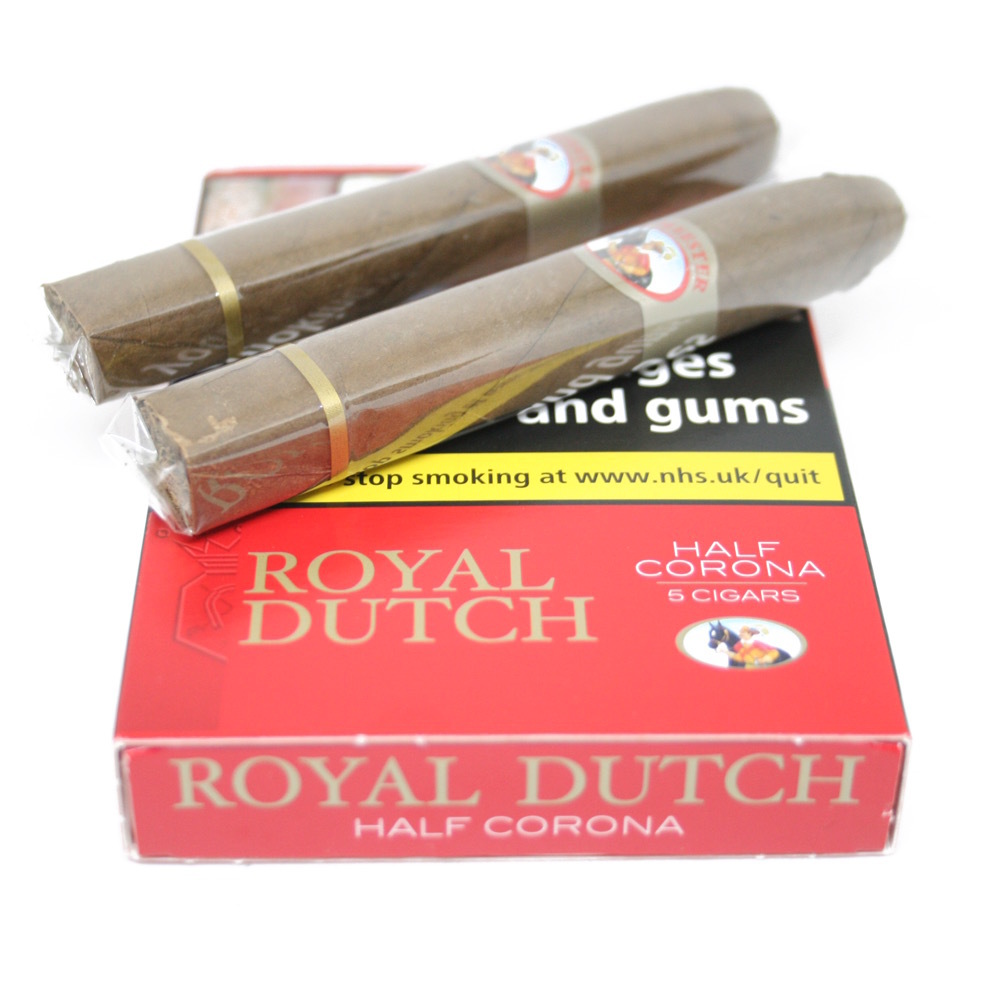
If you have a little bit more time for a smoke then the Royal Dutch Half Corona are ideal. A smooth smoke, you can taste the quality of the tobacco.
Check out our full range of Ritmeester Cigars




